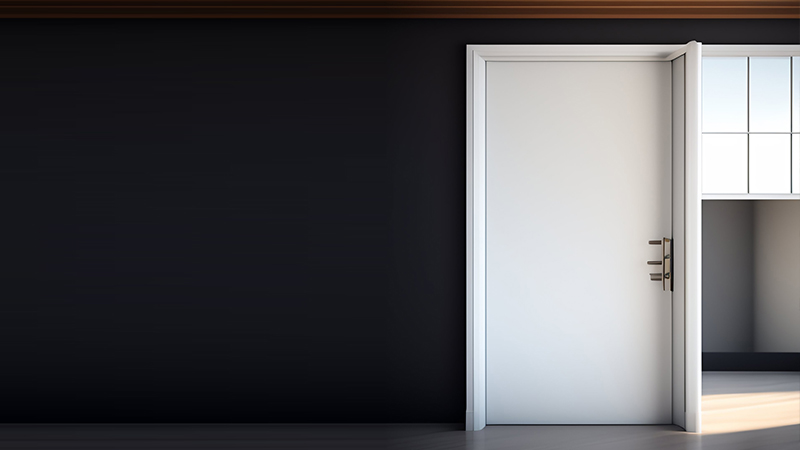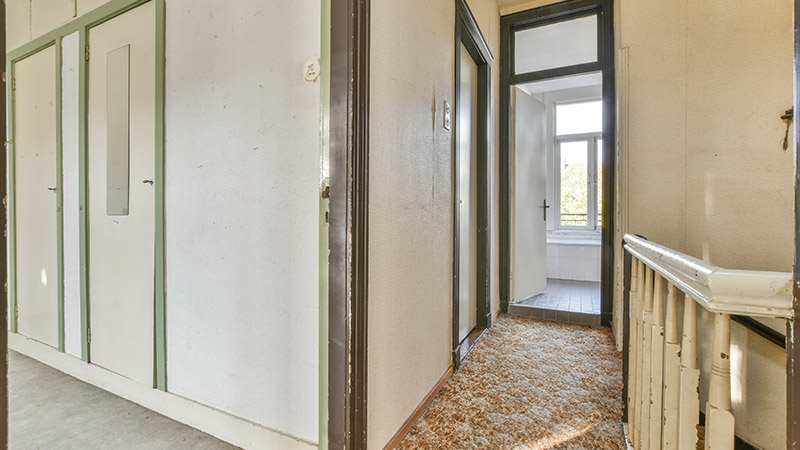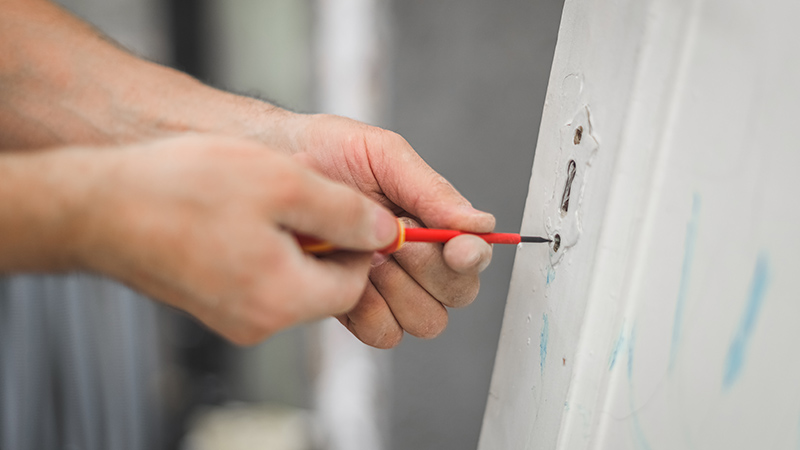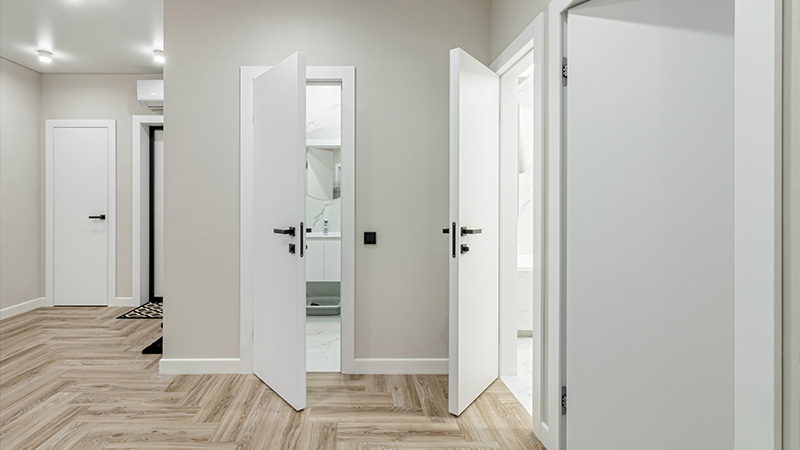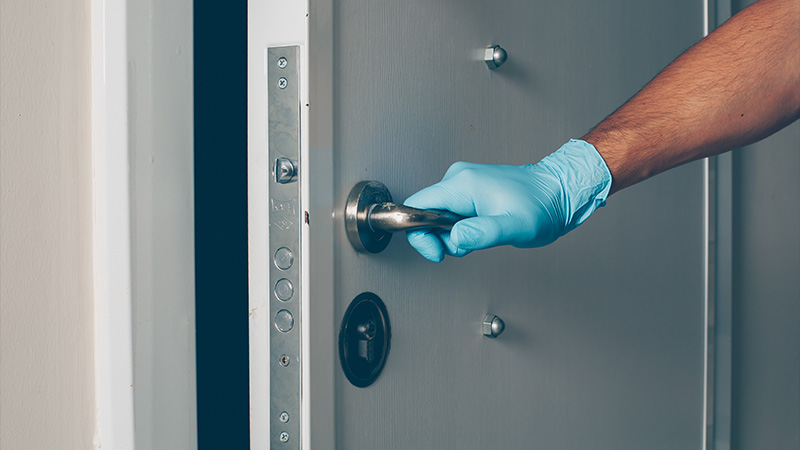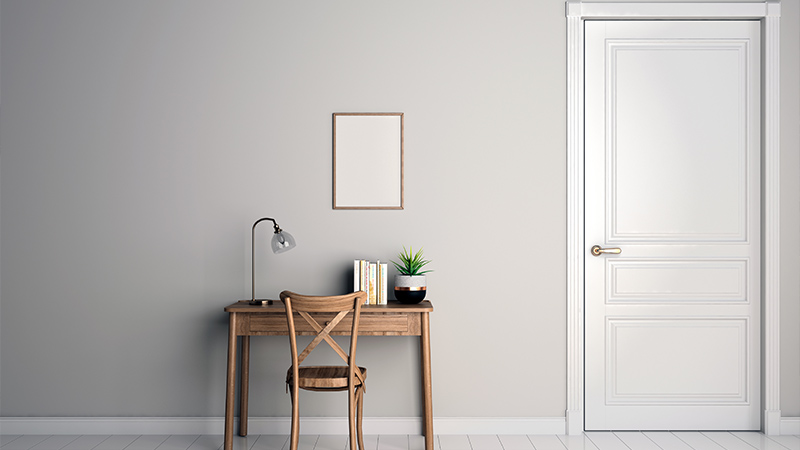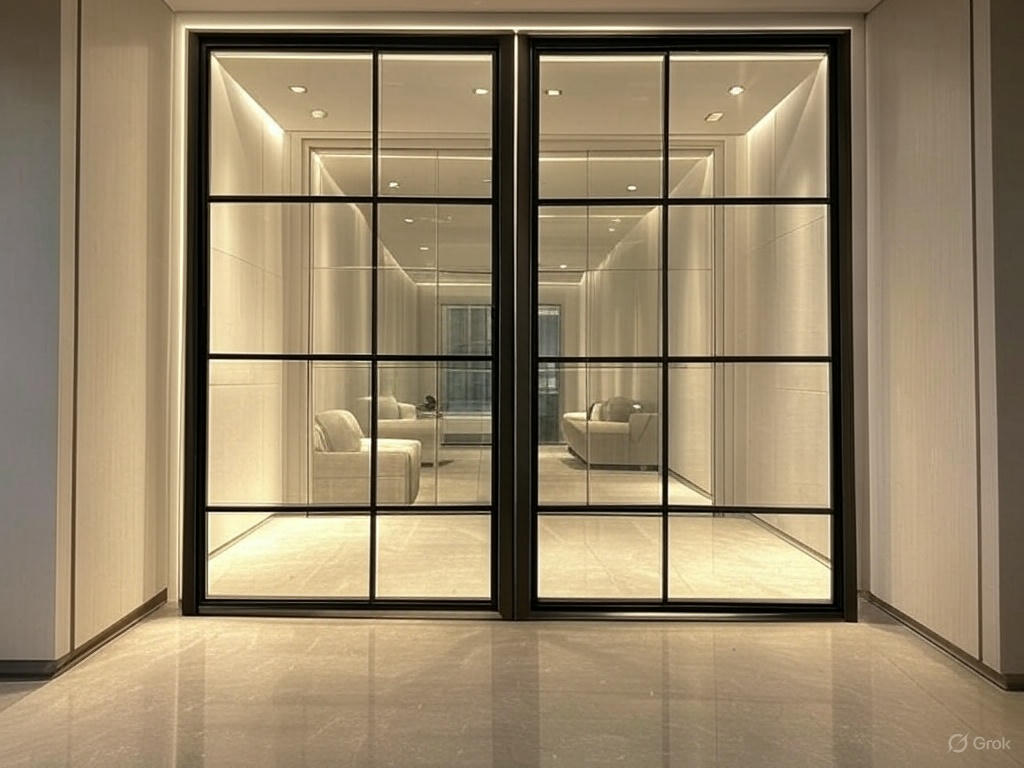Installing a prehung door is one of the most effective ways to improve your home’s appearance, comfort, and security. However, before starting the project, it’s important to understand the prehung door installation cost in Canada—including material performance, insulation requirements, and installation quality—helps homeowners make informed decisions, particularly for exterior doors designed to meet ENERGY STAR Canada efficiency guidelines.
In this guide, we break down prehung door installation costs, material prices, labor rates, and common mistakes—so you can budget accurately and make a confident decision.
What Is a Prehung Door?
A prehung door comes already mounted within its frame, complete with hinges and a pre-cut hole for the handle or lockset. Unlike slab doors, which are just the door panel, prehung doors include the full frame, making installation more precise and efficient.
Key Advantages of Prehung Doors
-
Easier installation: Door and frame are aligned at the factory
-
Better fit: Reduces gaps, drafts, and misalignment
-
Time-saving: Less on-site adjustment required
Prehung doors are commonly used for both interior replacements and exterior entry doors, especially when an existing frame is damaged or outdated.
Common Prehung Door Materials (and How They Affect Cost)
Choosing the right material directly impacts durability, maintenance, and total installation cost.
Wood Prehung Doors
Wood doors offer a classic, high-end appearance. Modern engineered wood cores are more stable than traditional solid wood, but proper sealing and installation are critical—especially in Canadian climates with temperature and humidity fluctuations.
-
Best for: Interior doors, premium aesthetics
-
Maintenance: Moderate
-
Price range (door only): $250 – $700+
Steel Prehung Doors
Steel doors are widely used for exterior applications due to their strength and affordability. While durable, they can dent if impacted, and overall security depends on the frame, lockset, strike plate, and installation quality—not the steel skin alone.
-
Best for: Budget-friendly exterior doors
-
Maintenance: Low
-
Price range (door only): $200 – $500
Fiberglass Prehung Doors
Fiberglass doors are highly durable, moisture-resistant, and low maintenance. They perform exceptionally well in Canadian weather and often provide the best balance between insulation, longevity, and appearance.
-
Best for: Exterior doors in harsh climates
-
Maintenance: Very low
-
Price range (door only): $400 – $800+
Prehung Door Installation Cost in Canada
The average cost to install a prehung door depends on the door type, labor requirements, and installation complexity.
Typical Price Ranges (Door + Installation)
| Cost Range | Description |
|---|---|
| $150 – $300 | Basic interior door, DIY installation |
| $300 – $700 | Standard interior or exterior door, professional installation |
| $700 – $1,000+ | High-quality or custom exterior door |
Tip: Exterior doors usually cost more due to insulation, weatherproofing, and structural requirements.
Breakdown of Prehung Door Installation Costs
The total prehung door installation cost includes the price of the door itself, labour, hardware, and any structural adjustments required.
Door Cost (Material & Design)
-
Wood: $250 – $700+
-
Steel: $200 – $500
-
Fiberglass: $400 – $800+
Custom designs, decorative glass, sidelights, or non-standard sizes can significantly increase these prices.
Labor Costs
-
Interior doors: $150 – $300
-
Exterior doors: $250 – $500+
Exterior installations often require:
-
Insulation & flashing
-
Weatherproof sealing
-
Frame adjustments or replacement
Additional Expenses
-
Hardware (locks, handles): $20 – $100
-
Painting or staining: $50 – $200
-
Trim & molding: $30 – $150
While this guide focuses specifically on prehung door installation cost, homeowners comparing options may also want to understand the full cost to replace a front door in Canada, which includes materials, framing adjustments, and removal of old doors.
Factors That Affect Prehung Door Installation Cost
Several variables influence how much you’ll ultimately pay.
Door Material
Material impacts durability, maintenance, and insulation performance.
Size & Style
-
Custom sizes cost more than standard dimensions
-
Decorative glass, panels, or double doors increase labor and material costs
Installation Complexity
-
Replacing damaged frames
-
Adjusting wall openings
-
Installing doors in load-bearing walls
Regional Differences
Urban areas like Toronto or Vancouver typically have higher labor rates. Homes in extreme climates may require higher-performance doors and additional sealing work.
DIY vs Professional Prehung Door Installation
Choosing between DIY and professional installation can significantly affect cost and long-term performance. While DIY installation can reduce the overall prehung door installation cost, improper fitting or sealing may lead to higher repair expenses later.
DIY Installation
Pros
-
Saves $150–$300 in labor
-
Flexible scheduling
Cons
-
Risk of misalignment or drafts
-
Time-consuming
-
Incorrect installation may void warranties
Professional Installation
Pros
-
Proper fit and weather sealing
-
Protects high-end doors
-
Faster and more reliable
Cons
-
Higher upfront cost
Recommendation:
DIY may be suitable for standard interior doors. For exterior or expensive doors, professional installation is strongly recommended.
Tips to Reduce Prehung Door Installation Costs
-
Buy during seasonal sales: Spring and fall often offer better pricing
-
Install multiple doors together: Contractors may offer bundled discounts
-
Get multiple quotes: Compare labor pricing before committing
-
Plan ahead: Budget for hardware, finishing, and unexpected repairs
Warranties and Guarantees: What Homeowners Should Know
Most prehung doors include a manufacturer’s warranty covering material defects. However, warranty coverage often depends on proper installation.
Improper sealing, flashing, or failure to follow manufacturer guidelines—especially for exterior doors—can void warranty protection.
Professional installers typically provide workmanship guarantees, offering added peace of mind.
Common Mistakes to Avoid
-
Incorrect measurements: Always double-check width, height, and depth
-
Skipping preparation: Ensure openings are level and plumb
-
Ignoring manufacturer instructions: May result in poor performance or voided warranty
Choosing the Right Prehung Door for Your Budget
Budget-Friendly Options
-
Hollow-core interior doors
-
Basic steel or fiberglass doors in standard sizes
Mid-Range Options
-
Solid-core doors
-
Fiberglass or wood veneer designs
High-End Options
-
Custom doors
-
Premium fiberglass or solid wood
-
Decorative glass and finishes
Final Thoughts
The cost to install a prehung door in Canada depends on material choice, installation complexity, and regional labor rates. By understanding these factors and planning carefully, you can avoid unexpected expenses and choose the right door for your home.
Whether you opt for DIY or professional installation, investing in the right door—and installing it correctly—ensures long-term performance, comfort, and value.
